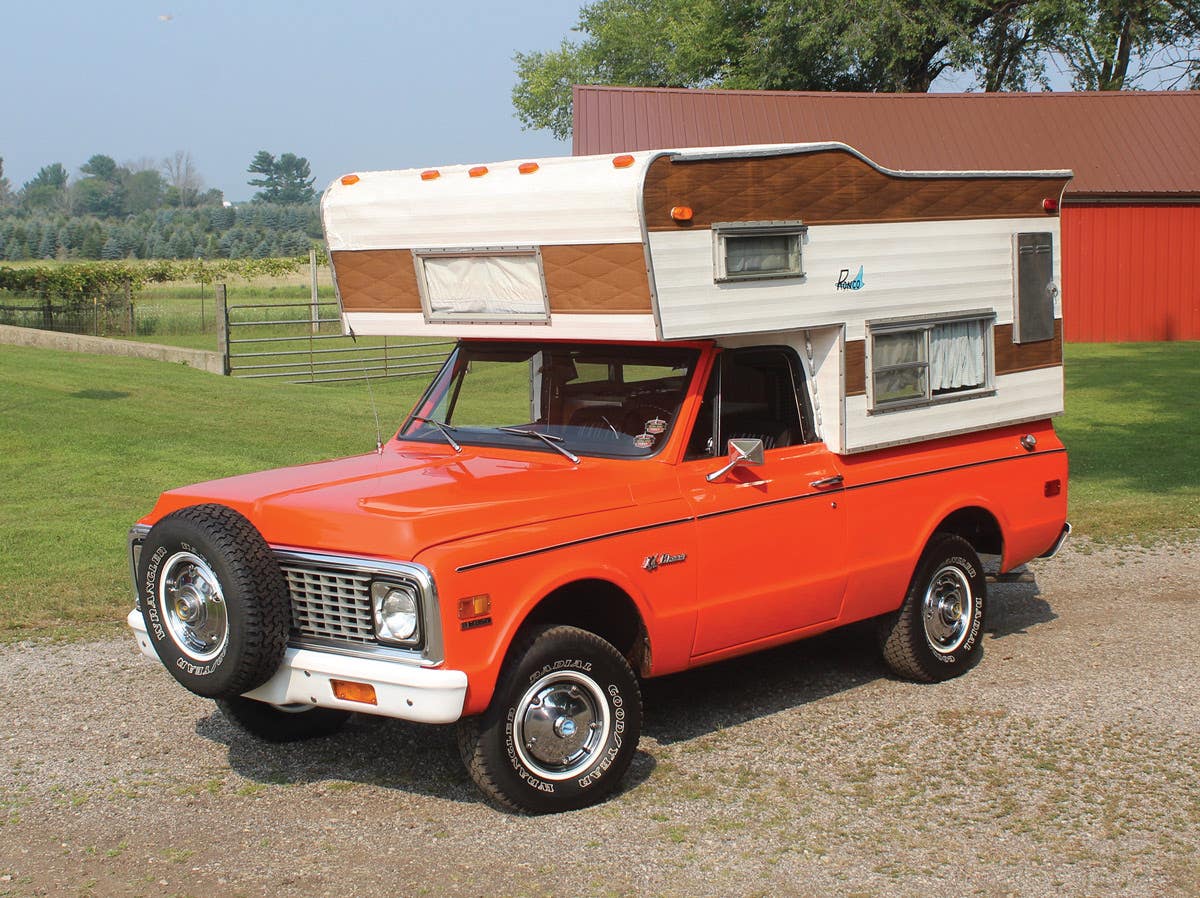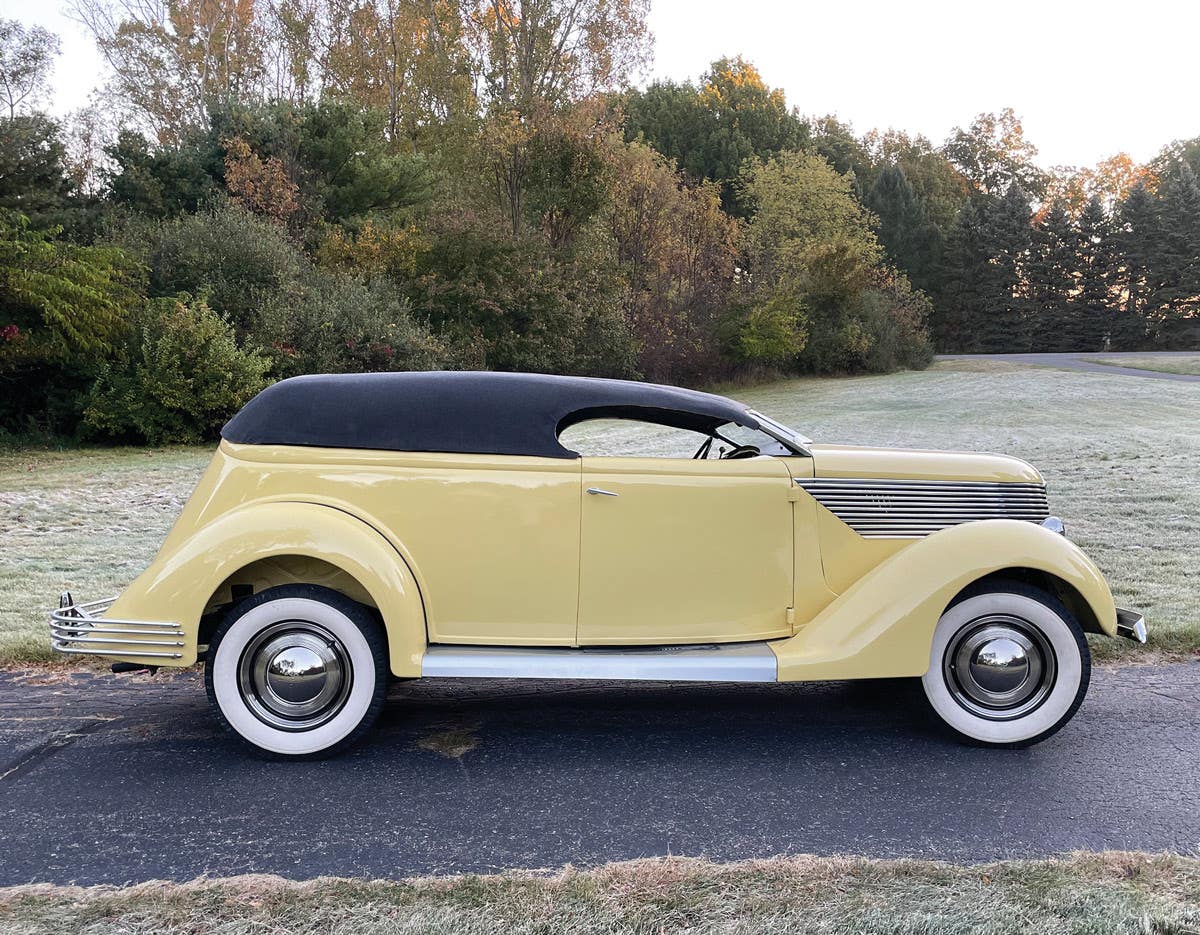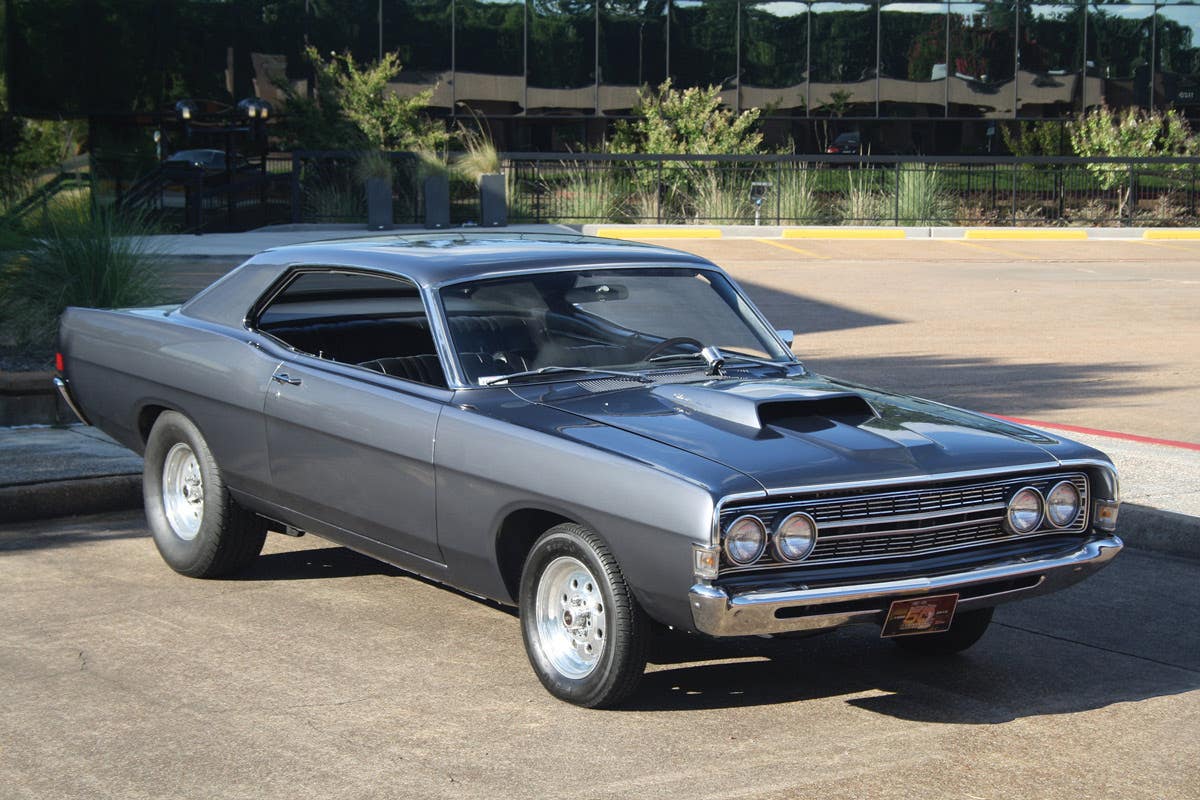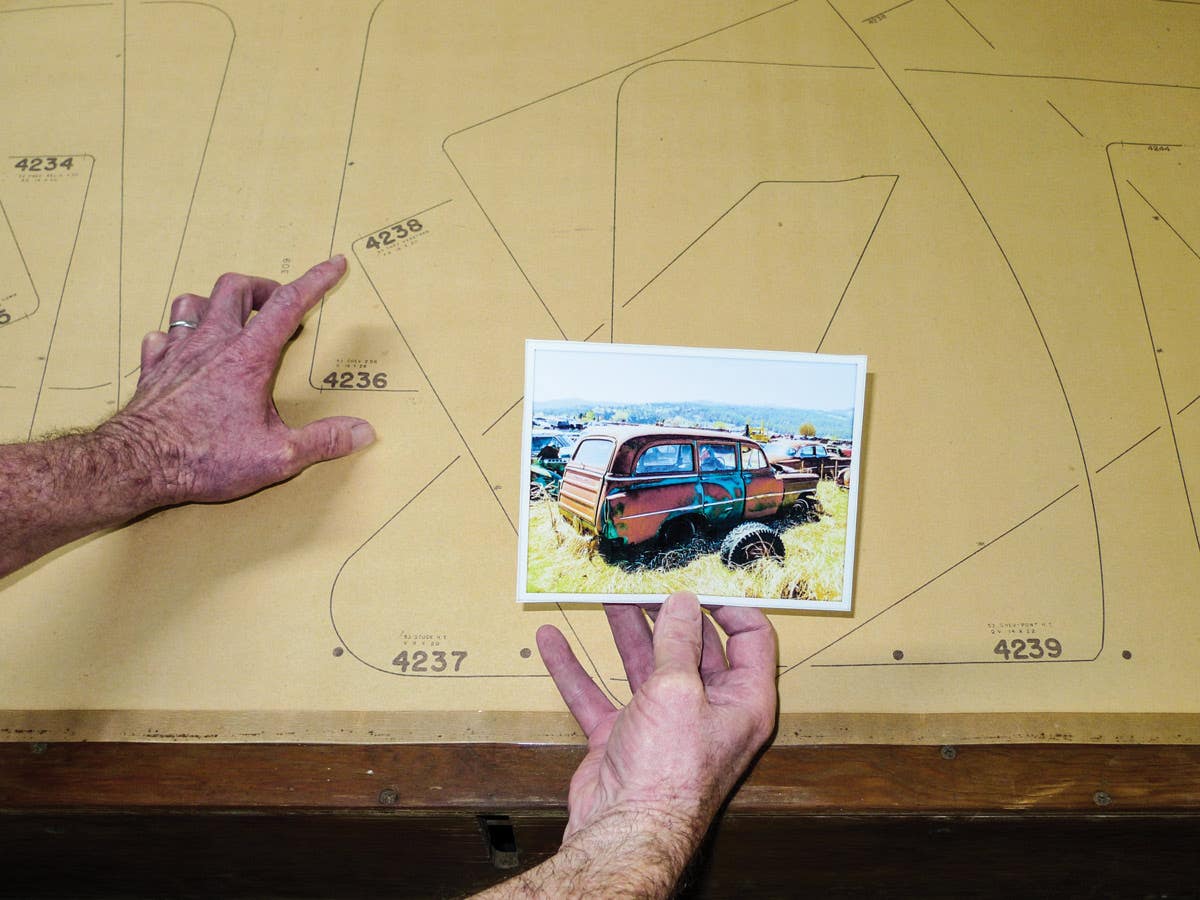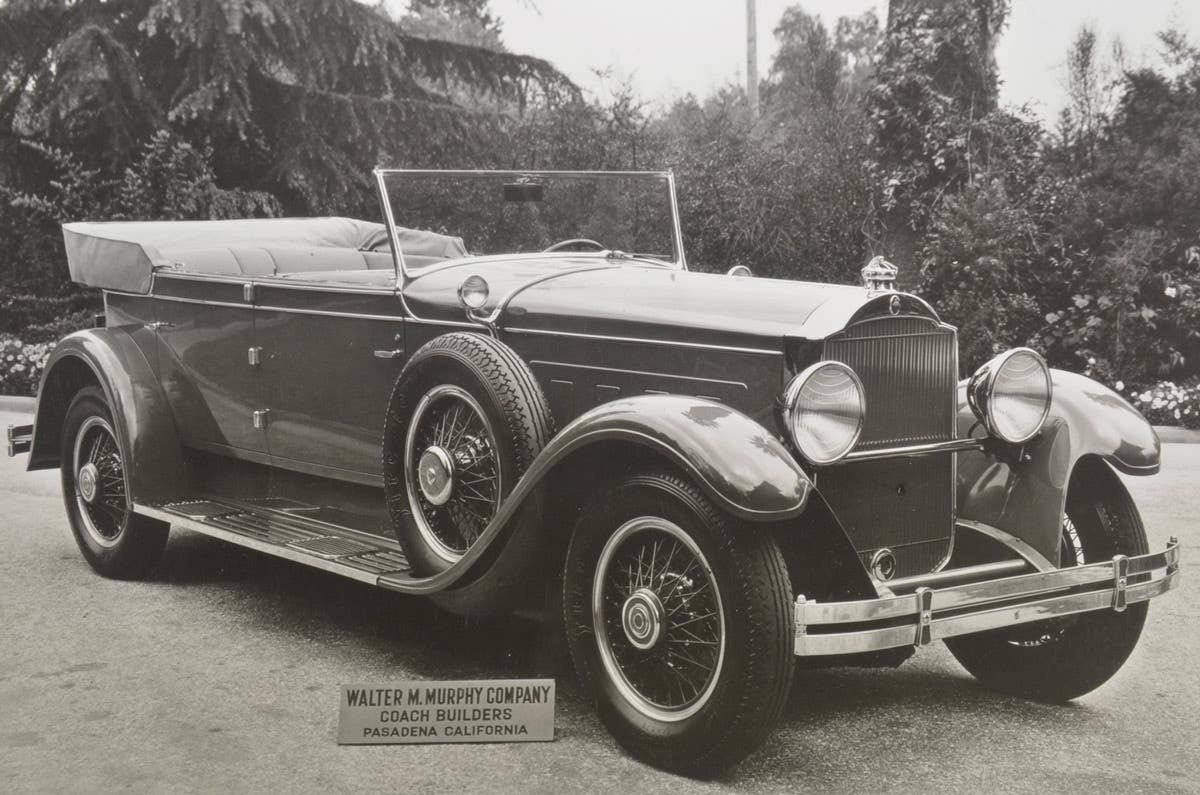Q&A with Kit Foster: June 12, 2014
Q. A friend has a 1965 Thunderbird convertible with an interesting problem. This car has power windows with original motors and switches, according to him. When he operates the switch…
Q. A friend has a 1965 Thunderbird convertible with an interesting problem. This car has power windows with original motors and switches, according to him. When he operates the switch for the right side rear window, his garage door goes up or down. It doesn’t do it every time, but often. My guess is that the window motor is putting out a noise signal from the brushes that the door opener is interpreting as an open or close signal. Has anyone else ever had this problem?
— P.L. Butcher, Shenandoah, Iowa
A. Bad ground! Why do I say that? Perhaps 90 percent of all automotive electronic mysteries, things that seem entirely bizarre or counterintuitive, are caused by poor or missing grounds. The electricity that runs throughout your car is always seeking a path from its “hot” condition, 6 or 12 volts, to ground. Usually, we harness it to do some work on the way there: light a bulb, run a motor, put some spark in your plugs. But when it can’t get through the normal path, it will seek an alternate route. It may end up going through some other device, backwards even, and cause some really strange symptoms. It’s not uncommon, for example, that a bad ground on a taillight housing will cause the opposite taillight to dimly wink when the correct directional bulb is supposed to be flashing brilliantly.
But what has this to do with garage door openers? Well, in the case you describe, something is triggering the control unit for the opener. The earliest openers merely used a radio-frequency signal to trigger a relay, starting the unit’s motor. (There’s no “open” signal or “close” signal. The relay just toggles between up and down – if the last motion was up, the next will be down.) That worked fine when openers were few and far between, but when they became more popular people found that neighbors could open neighbors’ garages with frequency capability that could be set by the owner. These systems had vulnerabilities, in that they were pretty easy to “hack.” Drive-by thieves, with scanning transmitters could open a whole bunch of doors on a given street and gain access to many garages. Today’s openers have much more sophisticated, “rolling” codes. I suspect your friend’s opener does not.
If your friend’s car has a wired-in door opener control, a bad ground on that particular window motor might be triggering it. I don’t think a built-in control was a feature of 1965 T-Birds, but you can buy a Homelink mirror or stand-alone control unit and install it on any 12-volt car.
On the other hand — and first I thought this a long shot — the window motor could indeed be generating enough electrical “noise” to trigger the receiver in the garage. It would have to be in the 300-400 MHz range where these units operate (that’s between the upper limit of VHF TV channel 13 and the lower limit of UHF channel 14).
In either case, a more modern door opener, using digital codes, will solve the “problem.” Replacing the power window motor may do it, too, or cleaning all the grounds associated with it (which will probably be a by-product of replacing the motor anyway). Or maybe just leave things as they are, so he can demonstrate “magic” to friends and relations.
Incidentally, there are only two main manufacturers of garage door openers in the United States. Chamberlain, founded in 1954 and headquartered in Elmhurst, Ill., is sold principally under the LiftMaster and Craftsman brands. The Genie brand is a subsidiary of nationwide Overhead Door Company. Parts for both of these types are readily available, particularly hard parts like gears, etc. If you can fix your car, you can undoubtedly fix your door opener without replacing the whole system. Been there, done that.
-------------------------------------------------------------
Q. I am attempting to identify an old car frame that was given to me by an old friend. It was discarded in a sinkhole in his woods and he said I could have it if I found out what it was. Do you have any experts on 1910 to 1920 cars? This is a unique frame as it has quarter-elliptic springs on all four corners and it is small.
— Don Rudolph, Sturgeon Bay, Wis.
A. Ordinarily I would need a photo to even begin to identify a chassis frame, but your query rings a bell. Some years ago I encountered the same question, with a photo, and was certain it must be from some form of early International truck. Others pointed out, however, that the Chevrolet 490, introduced in 1916 and taking its name from its sticker price, had quarter-elliptics on all four corners. It was indeed “small,” wheelbase just 102 inches, and was built through 1922. It was the model that established Chevrolet as a low-priced car, being about half the price of 1915’s equivalent Chevy and, for the first time, competitive with Ford. The wheelbase remained the same throughout the period, so it would be difficult to date it more precisely.
To submit questions to this column: E-mail angelo.vanbogart@fwmedia.com or mail to: Q&A, c/o Angelo Van Bogart, 700 E. State St., Iola, WI 54990-0001.
Got Old Cars?
If you don't subscribe to Old Cars Weekly magazine, you're missing out on the only weekly magazine in the car hobby. And we'll deliver 50 issues a year right to your mailbox every week for less than the price of a oil change! Click here to see what you're missing with Old Cars Weekly!
More Resources for Car Collectors:
- Classic car price guides, research, books, back issues of Old Cars Weekly & more
- Get expert restoration advice for your classic car
- Get car pricing, data and history all in one place
- Sign up for Old Cars Weekly's FREE email newsletter
- Need to buy or sell your classic car? Looking for parts or memorabilia? Search our huge online classified marketplace



